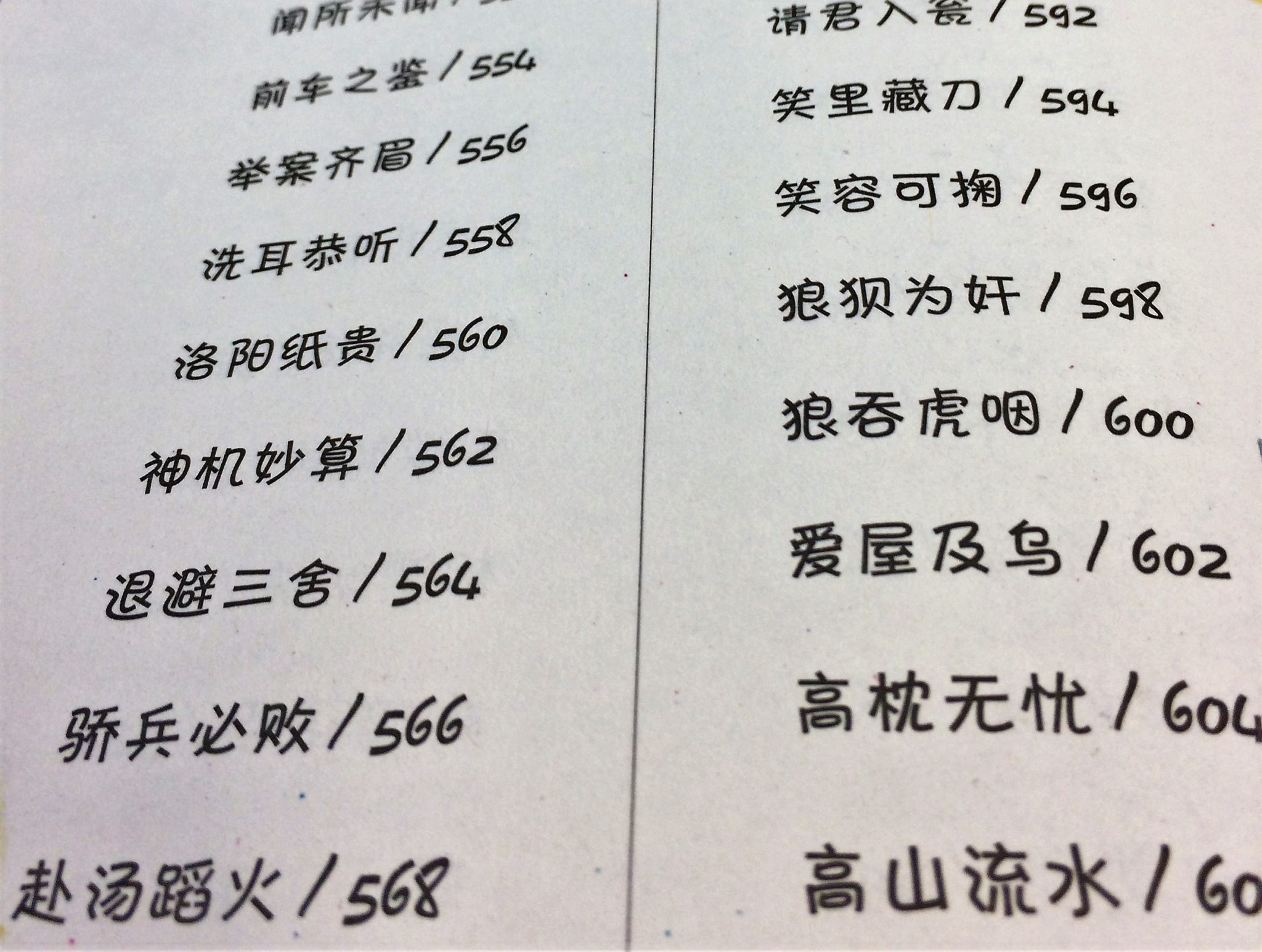- +44 (0)20 8334 8266
- uk@lan-bridge.com
- 中文
Chinese idioms and localisation
Chinese idioms
Every language has idioms, but idioms in Chinese are relatively unique. They are usually made up of just four characters, and sourced from Chinese literature. This latter fact compensates for the former, as these short idioms manage to convey both a deep and nuanced meaning beyond what is immediately recognisable to the eye or ear unfamiliar with their background.
When I began systematically learning Chinese idioms, my goal was largely practical: I wanted to increase my Chinese vocabulary, and stop having to reach for the dictionary every time a confusing chain of four characters appeared before me in a book (or were said to me during conversation). It didn’t take long begin to appreciate how worthwhile studying Chinese idioms is for the insight into Chinese culture that it offers.
Due to their short length, Chinese idioms are striking in how effectively and precisely they convey a complex idea. Take, for example, 三顾茅庐 (sangu-maolu), which, according to my dictionary, means: ‘to make earnest and repeated requests of sb. (to take up a responsible post).’ This idiom’s origins lie in a famous episode of the 14th century Chinese classic Novel, Romance of the Three Kingdoms, when one of the main characters sought out the help of a master strategist.
Context is everything
Even after learning the meaning, characters, pronunciation and background of each idiom, the language learner still hasn’t mastered their usage. I have tried dropping them into conversation more than once with my colleagues, and found at least half of the time that my usage was strange – even if the grammar was correct! Though they knew the idiom, they often told me that it was too scholarly or obscure, and would never likely be used in everyday speech. My pride at having learnt some idioms was superseded by the feeling that I was 见识短浅 (jianshi-duanqian) – lacking in knowledge and experience).
Idioms and localisation
Using idioms are an excellent method of localising your marketing material. However, be aware: simply looking one up in the dictionary and inserting it into a PPT or post is not wise! Understanding the context and associations it holds are essential. For example, does the idiom you are using refer to a scene in Chinese literature that turned out good or bad for the character who said it? Are your audience all arts-educated Chinese, or might many of them have a completely different background? After all, you wouldn’t want to对牛弹琴 (duìniú–tánqín – play the lute to a cow, i.e., address the wrong audience).
This is where having a trusted translation and localisation partner comes into use. Our translators at Lan-bridge not only experts in the Chinese language, but are also used to working in specific domains, so have a clear idea of the intended audience for each industry.
Doing it in-house is not always advisable (for you!)
Many Western companies naturally assume that having one of their own in-house Chinese employees take care of translation is sufficient. Aside from distracting your staff from doing their actual job, this isn’t advisable because it is akin to simply asking anyone within the company who is a native speaker of English to handle your English-language copywriting. Being an educated native speaker doesn’t guarantee someone’s writing ability, and customers or associates who see the result will likely spot any errors or low standard work, which might make your company look like it considers its Chinese marketing 一钱不值 (yī qián bù zhí – not worth the money).
However, having a translation company like Lan-bridge on hand, which relies on in-house translators (as opposed to freelancers), is advisable. This is because of the level of consistency and quality assurance that is in place when an established team of translators, proof-readers, and project managers work on a project together.
It is said that there are at least 5,000 Chinese idioms, though, if you loosen the definition a bit, that number can reach up to 20,000! They demonstrate the richness of the Chinese language, which reflects the richness of the culture there – a feature that is worth bearing in mind when you prepare to localise your marketing material.





